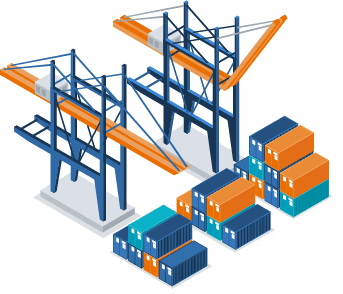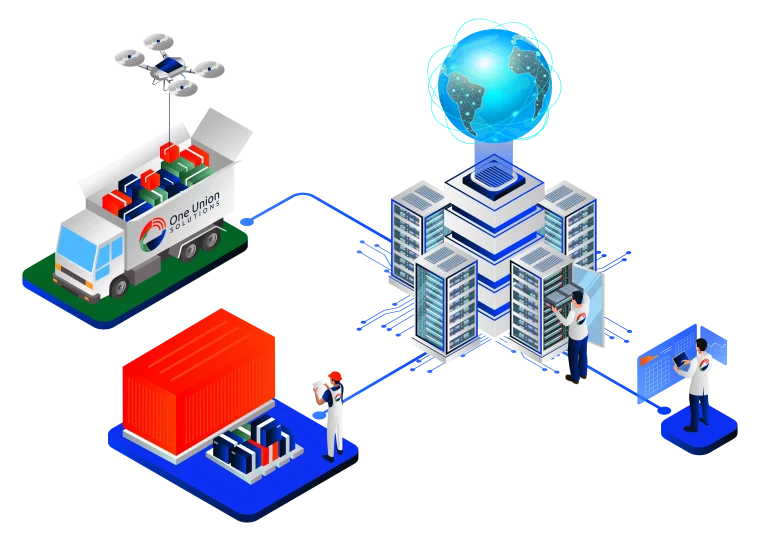Aviation industry:
Over the last several years, sales of aviation equipment have increased steadily. Some of the most promising developments and prospects in the aviation equipment industry are outlined here.
The need for advanced airplanes is growing. This change is driving up interest in the next generation of airplanes. Cutting-Edge Technology Aviation test equipment is becoming more accurate and efficient because of cutting-edge technology like artificial intelligence, machine learning, and the Internet of Things. This will likely be the key element propelling interest in these technologies in the years ahead. We will help you to import your aviation products in Argentina in an effective and safe manner.
Tech industry:
In the tech industry, there are many things to keep in mind when importing the tech equipment in Argentina. But new tech industries lack knowledge so there will be a need for reliable IOR. In this case, look no further than One Union Solutions. We will help you to streamline the import process and import your tech equipment by meeting all custom laws and legal needs. We know what are the requirements to be imported and which papers are needed. So you can rely on our services.
Automotive Industry:
Without IOR, importing automotive equipment in the automotive industry may take a lot of time and money. With the assistance of IOR service providers like One Union Solutions, you can save time and focus on your automotive industry work. One Union Solutions will take full responsibility for this import process and play a great role in fulfilling your industry needs.
Medical industry:
New developments in medical technology focus on reducing the potential for infection, making better use of health data, and mechanizing formerly labor-intensive procedures. These tendencies are enhancing the efficiency and cost-effectiveness of medical equipment. This research summarizes top trends and new developments in medical devices for 2023. Wearables, IoT, 3D printing, and even medical waste management are just a few examples.
The medical device sector aims to provide better care at a lower cost to the patient. We will help you by importing your medical equipment in Argetina.


